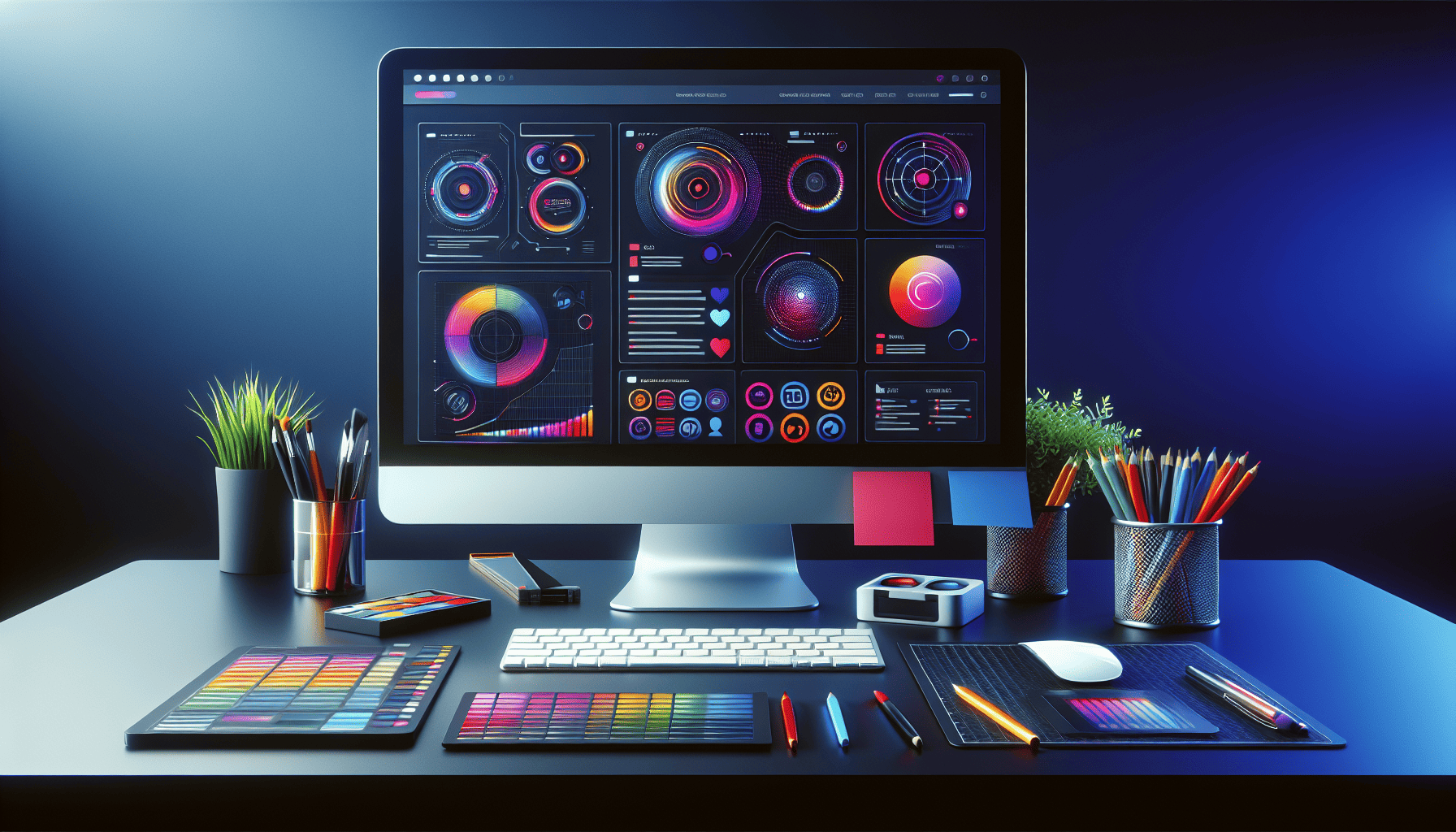In the ever-evolving sphere of web design, staying ahead of the curve demands a keen eye on emerging trends, particularly those rooted in user-centric approaches. Custom web design is more than just aesthetics; it's about creating an intuitive and engaging user experience (UI/UX) that resonates with the target audience. As we dive into the latest innovations, it's evident that incorporating cutting-edge technologies and methodologies is essential for any business aiming to thrive in the digital landscape.
One of the most significant trends shaping custom web design today is the prioritization of minimalist aesthetics. This trend emphasizes simplicity, functionality, and clarity, ensuring that users are not overwhelmed by information or distracted by unnecessary design elements. Minimalist design enhances loading speeds, improves navigability, and allows key content to shine, thus ensuring a seamless user experience. Simplicity in design does not mean sacrificing creativity; instead, it focuses on using space smartly and efficiently, ushering in clean, visually appealing interfaces.
Another pivotal trend in custom web design is the integration of advanced technology, such as artificial intelligence and machine learning. These technologies enable web designers to create more personalized user experiences. By leveraging AI, websites can provide tailored content and recommendations based on users' browsing habits and preferences, significantly enhancing engagement and conversion rates. Moreover, chatbots powered by AI have become a staple in customer service, offering instant assistance and fostering a sense of responsiveness and reliability.
The rise of voice user interface (VUI) also marks a new chapter in web design. As voice-activated devices like Amazon Alexa and Google Home continue to proliferate, web designers are increasingly focusing on creating voice-friendly interfaces to cater to the growing demand for hands-free browsing. Incorporating VUI into websites improves accessibility and offers a more natural, conversational interaction model for users, especially advantageous for mobile devices and smart speakers.
Alongside technology, the movement towards inclusive and accessible web design is gaining momentum. Inclusivity in design means recognizing the diverse needs of users, including those with disabilities. Implementing features such as keyboard navigation, alt text for images, and easy-to-read content can significantly enhance the accessibility of a site, ensuring that it meets the requirements set by the Web Content Accessibility Guidelines (WCAG). Inclusive design not only broadens the reach of a website but also fosters a positive brand image.
Furthermore, the adoption of darker color schemes, known as dark mode, presents a significant shift in user preference. Dark mode reduces eye strain, conserves battery life on OLED screens, and adds a sleek, modern aesthetic to websites. By offering users the choice between light and dark modes, designers cater to individual preferences, further personalizing the user experience.
Motion design has also taken center stage in modern web design strategies. Incorporating subtle animations, micro-interactions, and transitional effects can enhance user engagement by providing intuitive feedback and guiding users through their journey on a site. Motion design helps break the monotony, adds an element of delight, and can effectively draw attention to critical elements, such as calls-to-action (CTAs).
Finally, the ongoing progress in Augmented Reality (AR) and Virtual Reality (VR) technologies presents immense opportunities for creating immersive user experiences. Retailers, for instance, can use AR to allow customers to visualize products in their home environment before purchase, bridging the gap between physical and digital shopping experiences.
In conclusion, the latest trends in custom web design emphasize a balanced harmony between innovative technology and user-centric principles, striving for enhanced UI/UX. As we continue navigating this digital age, those who embrace these trends are more likely to forge lasting connections with their audience, ensuring both functional and memorable online experiences. By staying attuned to these cutting-edge developments, businesses can leverage web design as a powerful tool for growth and customer satisfaction.
